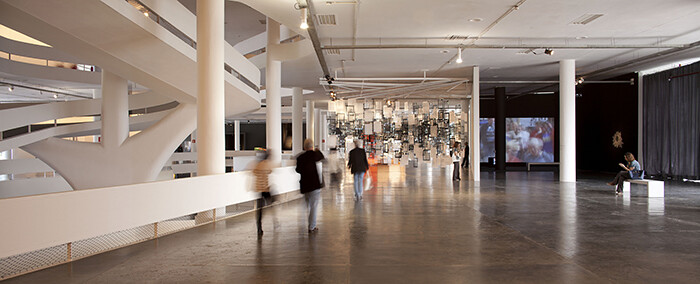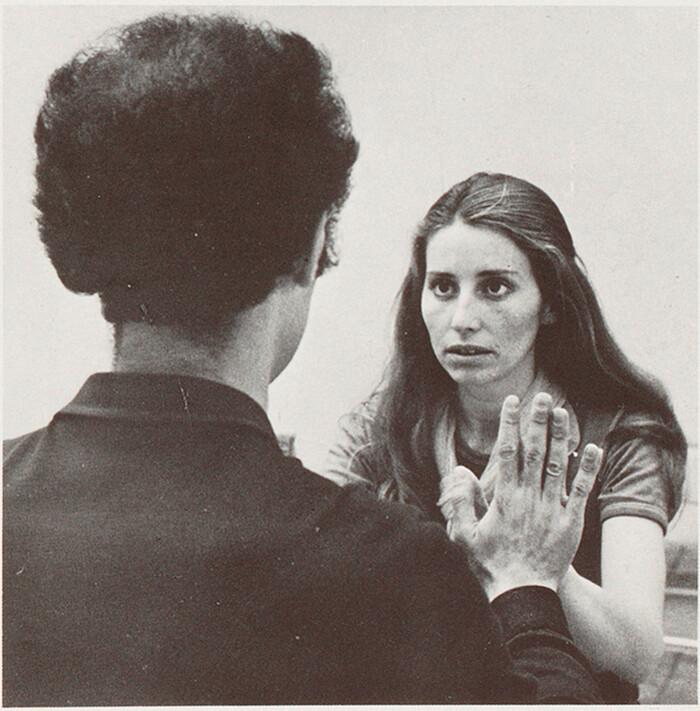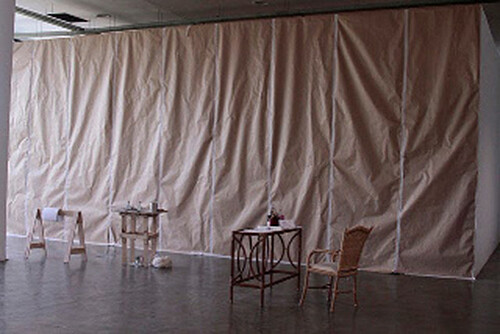Categories
Subjects
Authors
Artists
Venues
Locations
Calendar
Filter
Done
September 15, 2016 – Review
“Live Uncertainty,” 32nd Bienal de São Paulo
Kiki Mazzucchelli

Almost a year ago, when chief curator Jochen Volz announced his proposal for the 32nd edition of the Bienal de São Paulo, Brazil was already undergoing a severe political crisis, with the country split between those who supported the democratically elected coalition government and those who called for the impeachment of President Dilma Rousseff. Titled “Incerteza Viva” [Live Uncertainty], the exhibition opened to the public only a few days after Rousseff was permanently ousted from office in a controversial trial based on corruption charges that paradoxically ensured that political sectors known to be corrupt remain in power. In his inauguration speech, unelected president Michel Temer stated that uncertainty had finally ended, but the demonstrations that have been taking place almost daily across the country since Rousseff’s impeachment seem to point to the contrary. During the biennial’s preview, a group of artists wearing black t-shirts with slogans from the late dictatorship days— such as Eu quero votar pra presidente [I want to vote for president] from the Diretas Já [Elections Now] campaign, and the more up-to-date Fora Temer [Out Temer]—took to the Oscar Niemeyer pavilion that hosts the exhibition. Apart from a few scuffles with members of the public, the protest …
September 5, 2014 – Review
“How to Talk About Things that Don’t Exist”
Silas Martí

When British curator Charles Esche moved to São Paulo to orchestrate this year’s Bienal—alongside Galit Eilat and Oren Sagiv (from Israel) and Pablo Lafuente and Nuria Enguita Mayo (from Spain)—he stressed that this is a show anchored on the now, on the goings-on that are shaping the world as we know it today. It just so happens that this very world has undergone seismic shifts since Esche and his team set foot in São Paulo, from the protests that shook the city and the rest of Brazil last year and became known as “the June uprisings” to the tumultuous World Cup and the upcoming elections with a campaign now on full throttle and jarred by the death of a candidate in a plane crash. Meanwhile, Israelis and Palestinians continue to fight on the Gaza strip, with a death toll up in the thousands. This latest episode fueled a protest that took the biennial by storm days before its inauguration. Artists launched a manifesto rejecting financial support from Israel, which afforded the country a logo among the biennial’s sponsors. While the curators titled the show “How to Talk About Things that Don’t Exist,” it appears that the things that do exist …
September 28, 2012 – Review
"The Imminence of Poetics" 30th São Paulo Biennial
Sophie Goltz

“Welcome to my life” is written in large letters on a wooden board, announcing the uphill spill of an urban landscape made of brightly painted hollow bricks. Meanwhile, further multilingual signs—many not without humor—ask so-called favela tourists for donations. It’s been at least since the year 2007 that the Project Morrinho was made known to the international art audience, when this initiative of young people from a favela district in Rio de Janeiro was invited to participate in the 52rd Venice Biennale. Having begun as a survival strategy of children, and having changed the reality of life in this community, today it is a recognized “Favela Art Project,” which enables inhabitants to narrate their own living conditions amidst a prosperous society , beyond violence and poverty and from the perspective of the production of desires. That is to say, desires do not only exist in one’s imagination; rather they create realities on their own terms, which can change the lives of all involved.
But what does this project have to do with the 30th São Paulo Biennial? With “The Imminence of Poetics” being the main leitmotif, this year’s artistic director Luis Pérez-Oramas and his curators Tobi Maier, André Severo, and Isabella …
October 5, 2010 – Review
Politics and "The Political" at the 29th São Paulo Biennial
Octavio Zaya

How do you follow, and what do you do after “The Void,” the so-dubbed 28th edition of the São Paulo Biennial (2008)? Its Artistic Director, the internationally known and experienced curator Ivo Mesquita, left the huge second floor of the Oscar Niemeyer building entirely empty as a comment on the intricate bureaucratic politics of the event, and on biennials in general. His budget had been reduced as well, from the $12 million of the previous 27th Biennial to a mere $3.5 million, and he left a debt of some $2 million. He selected just over 40 artists to convey a radical curatorial statement, while trying to place the 28th Biennial “in living contact” with the art of the world.
In contrast, this year’s 29th edition, said to be anchored by the notion that “it is impossible to separate art from politics,” has benefited from major advantages: the commitment and resolve of the new president of the Foundation (elected last year), the well-respected consulting executive Heitor Martins, who presided over a spectacular turn in the finances of the SP Biennial; as well as a new Biennial Council, directly linked with the arts. On top of all that, this edition had at its …